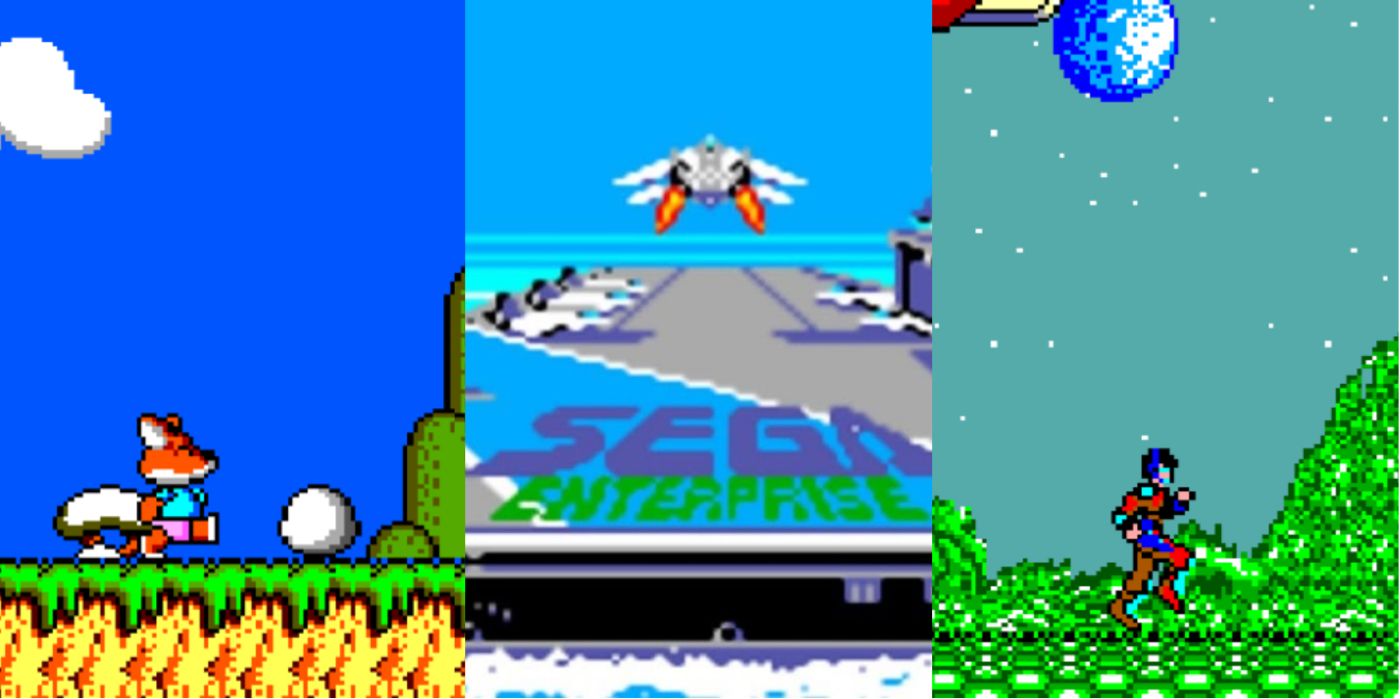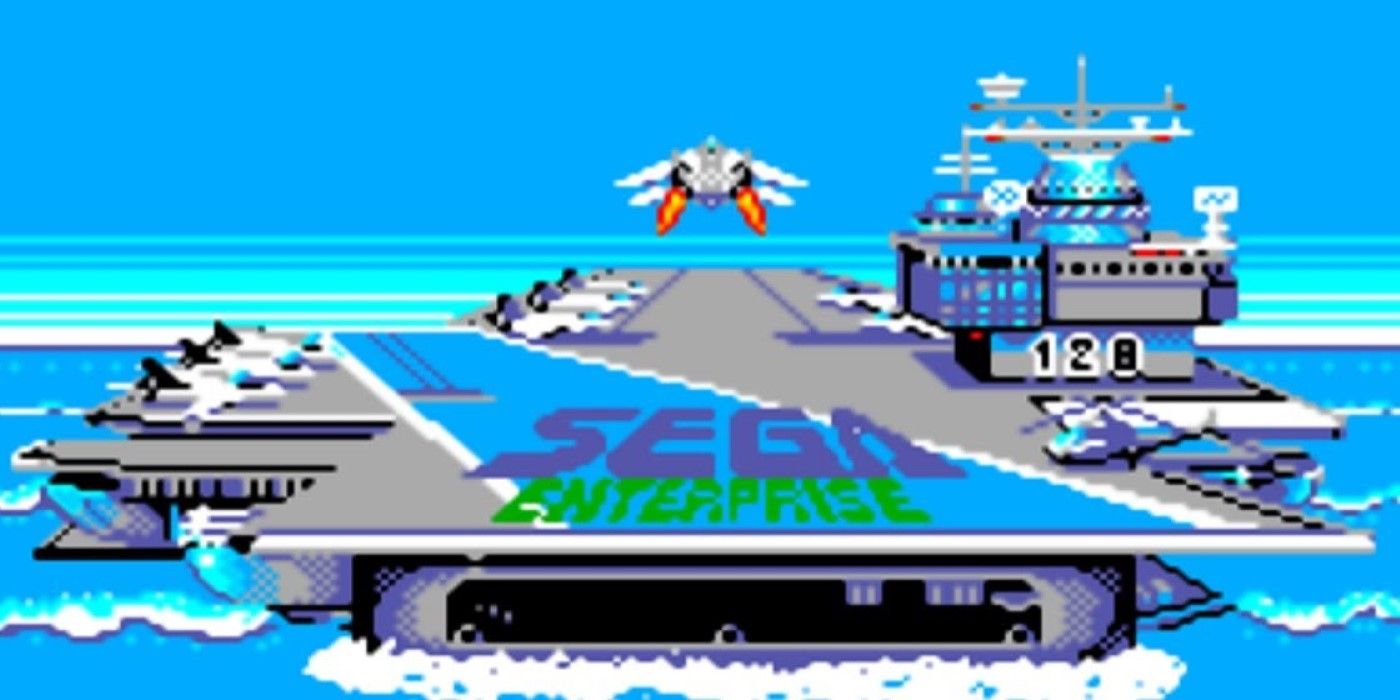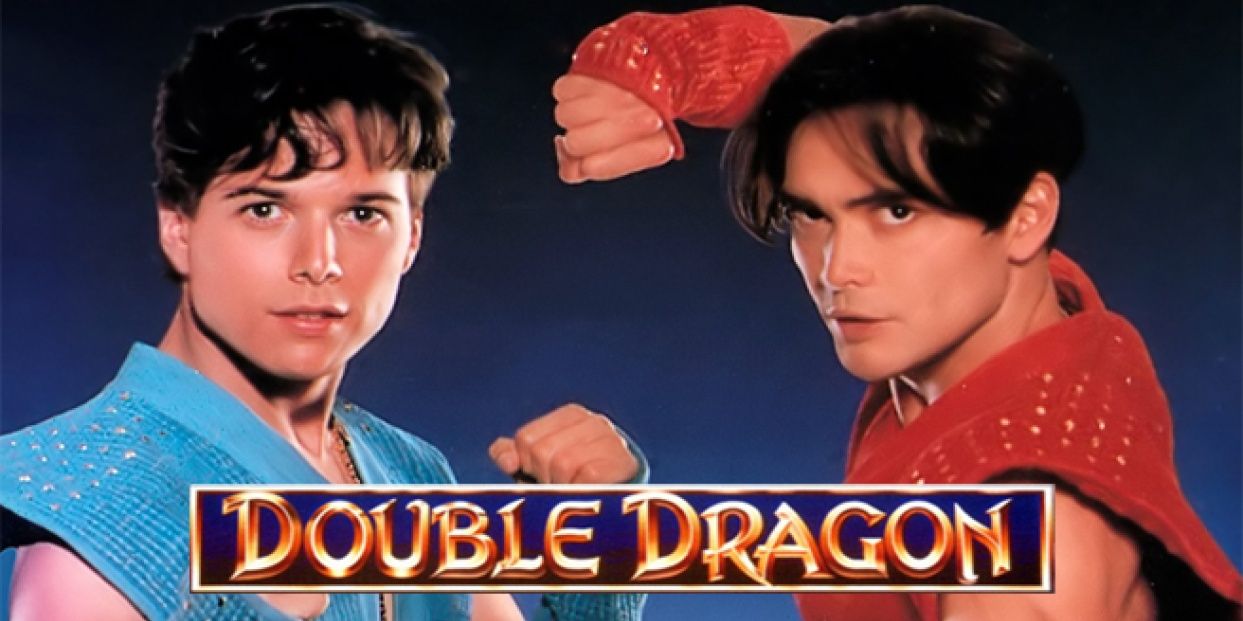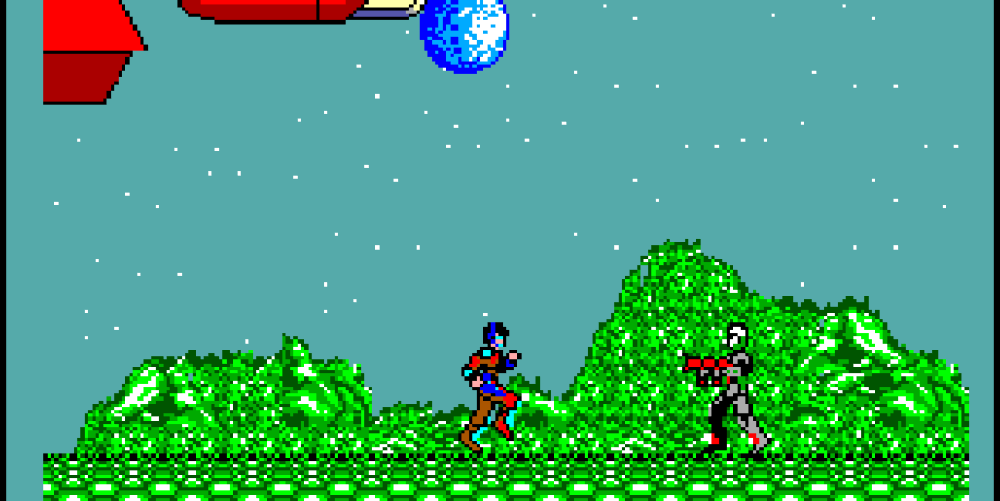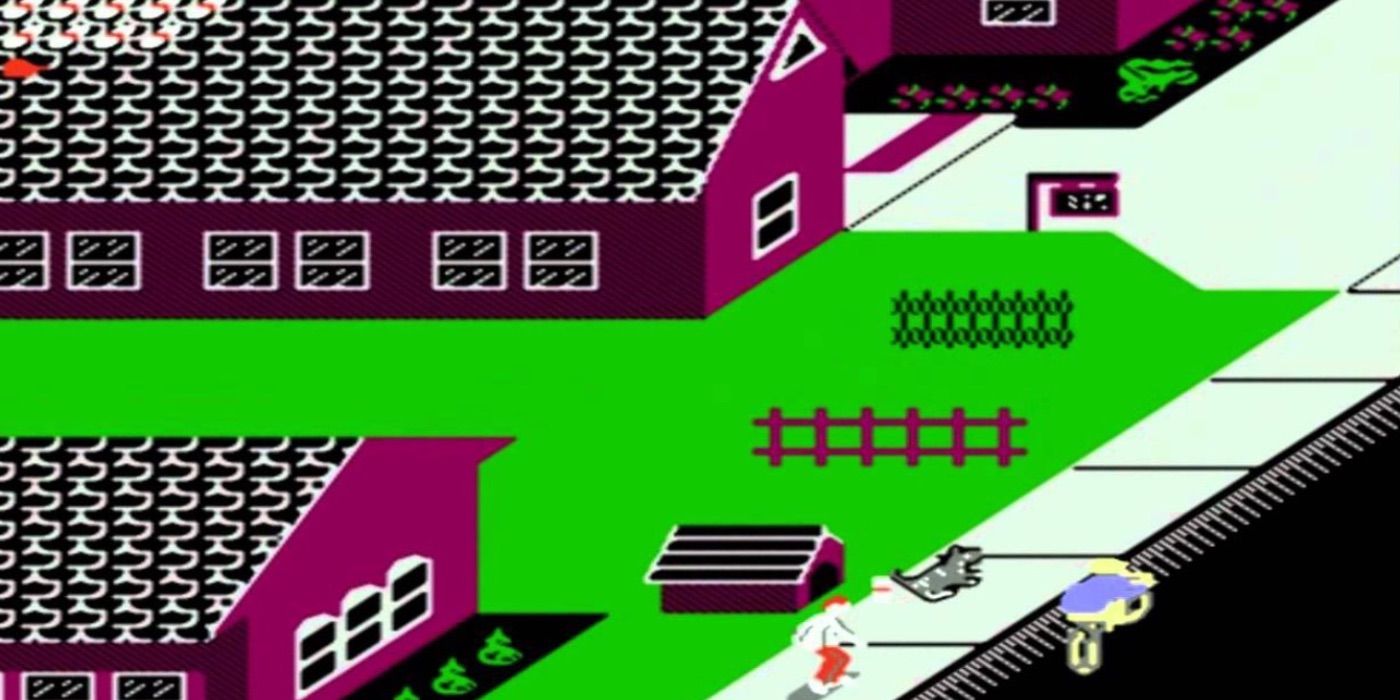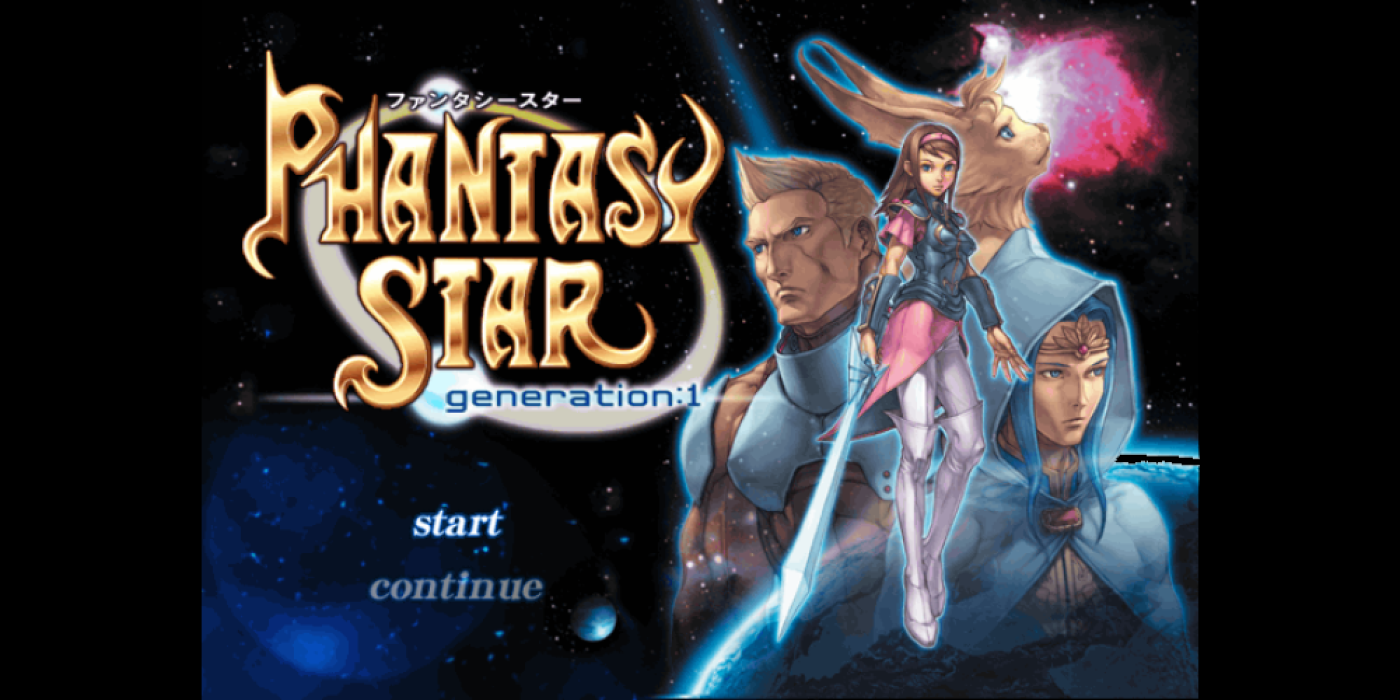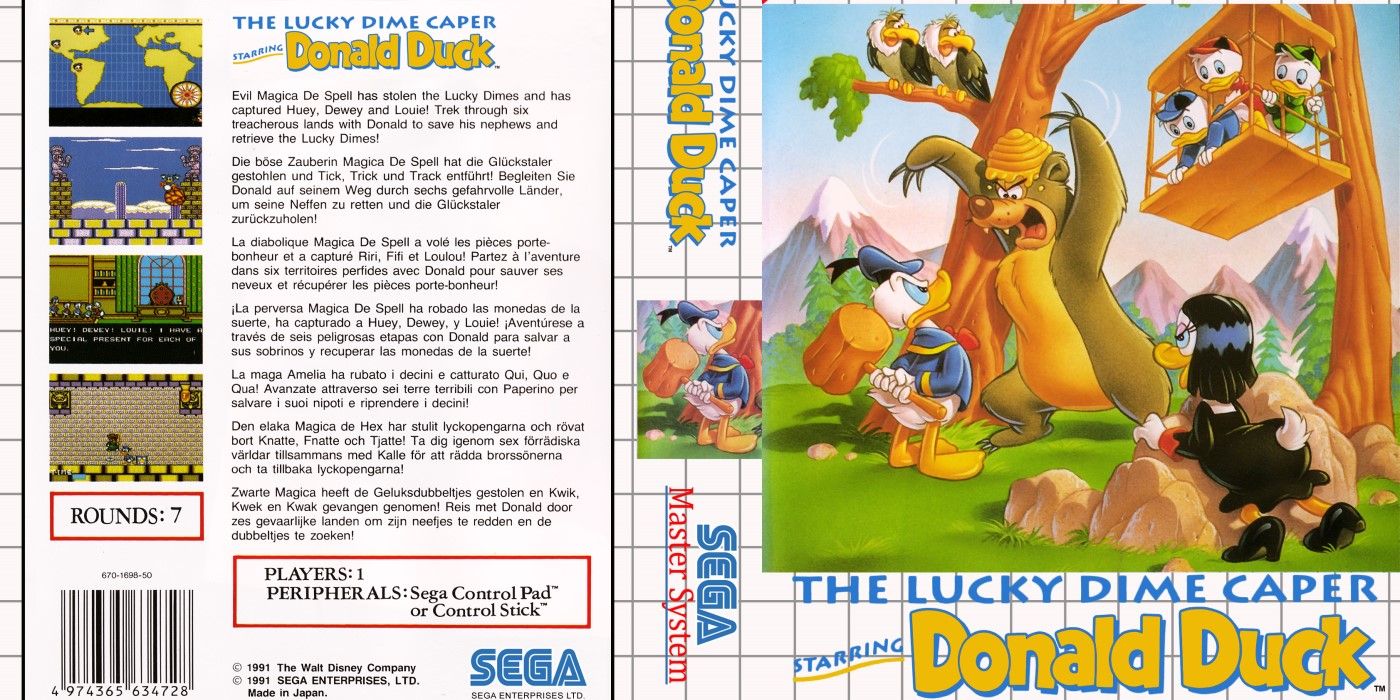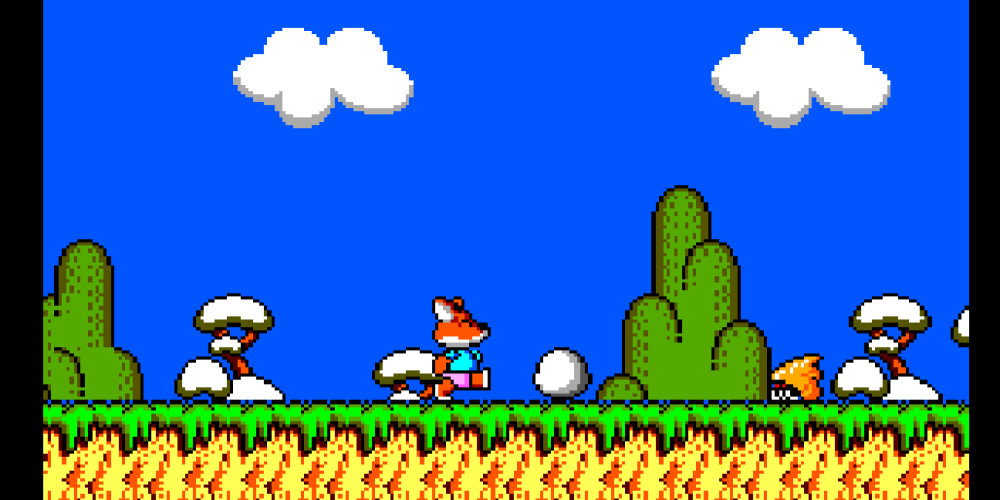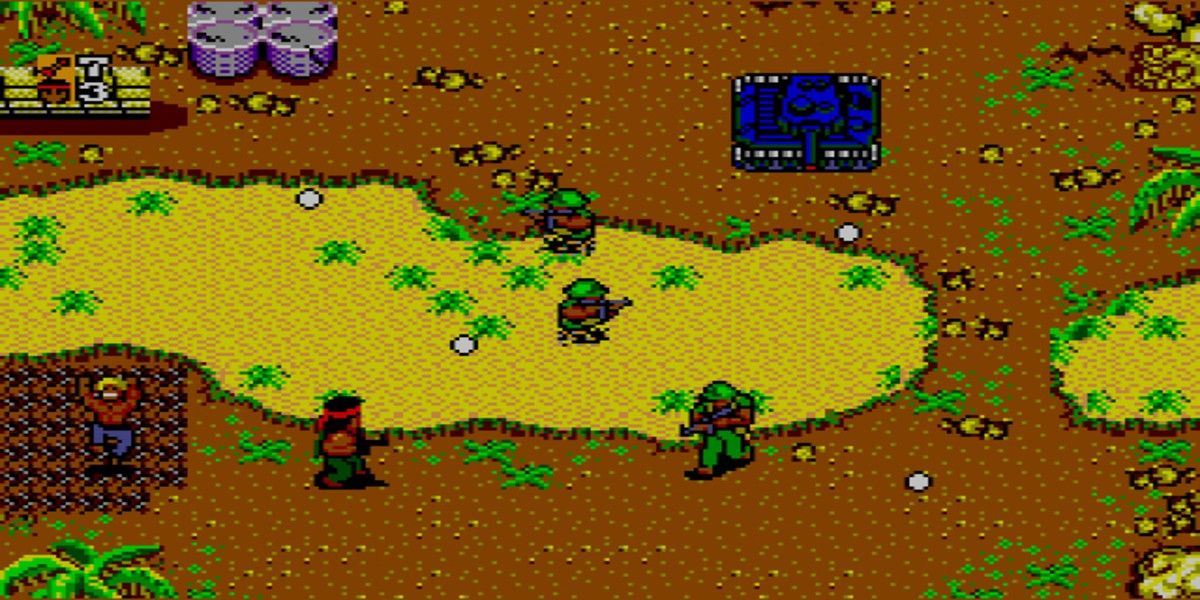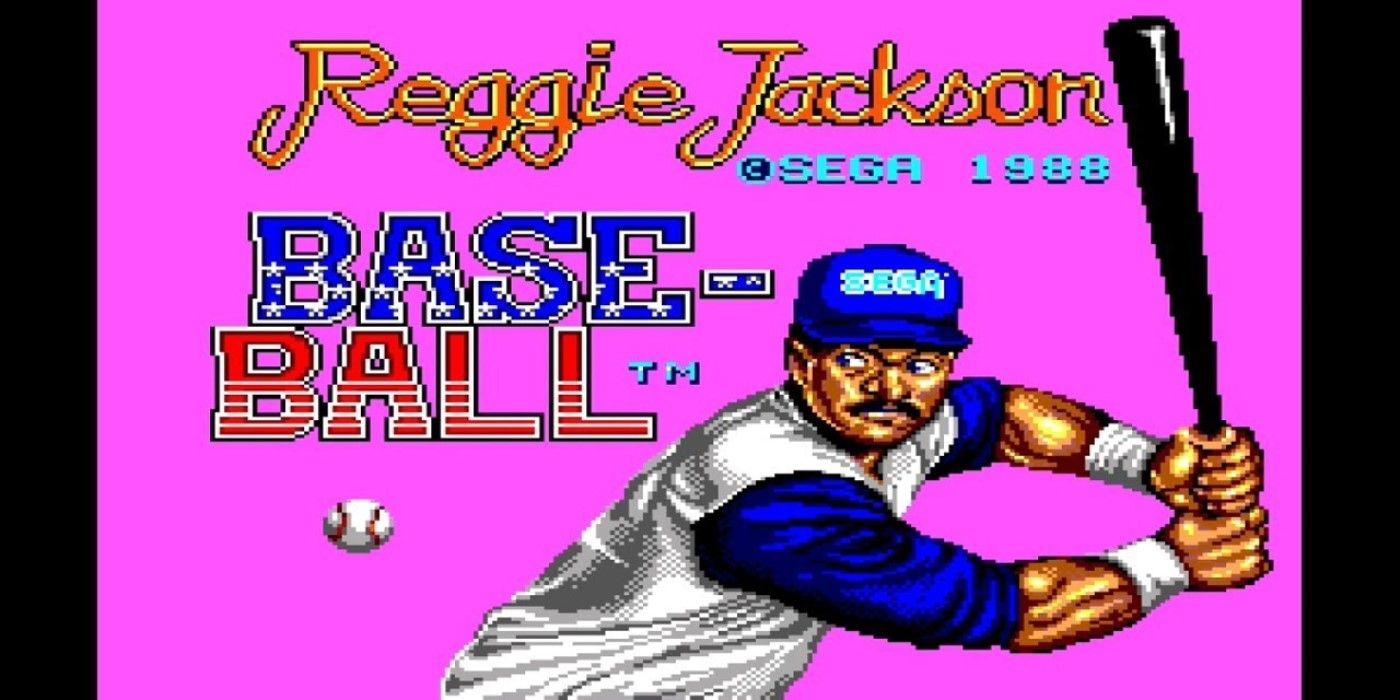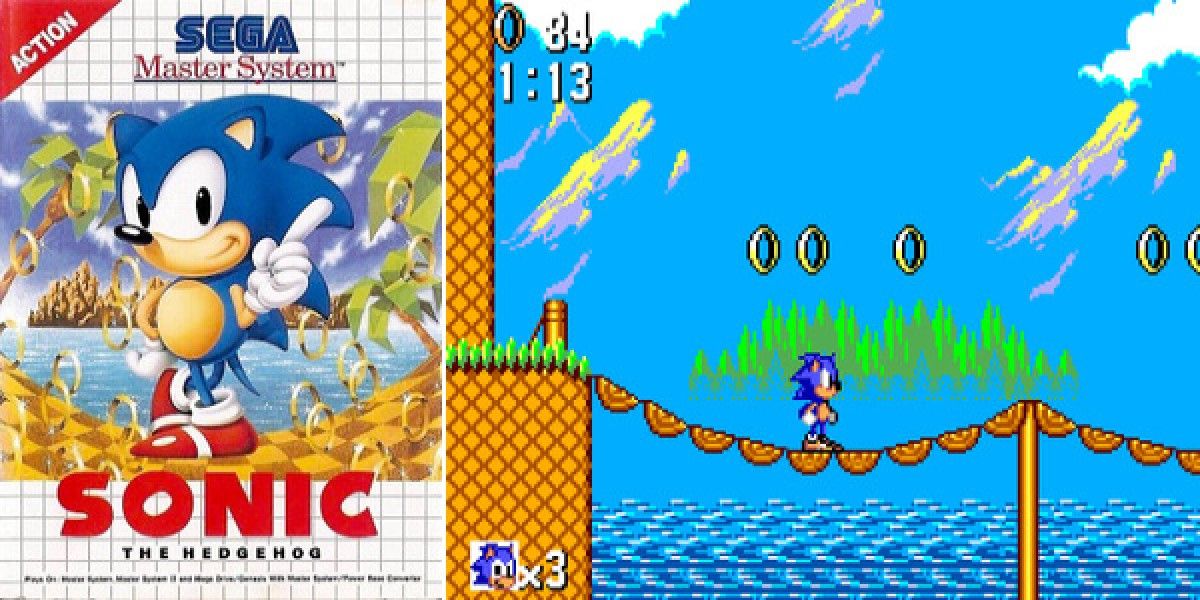The Sega Master System was Sega’s second console and the first to be released outside of Japan. Released for Christmas in 1986, it ran straight into the Nintendo juggernaut with a fraction of Nintendo’s software and virtually none of the third-party support. That didn’t stop Sega, however, from making some great games over the six years of the Master System in North America, and decade in Europe.
Many Sega Master System games had obvious counterparts on Nintendo, and some were even better than their iconic Nintendo counterparts. Because the Master System died early in North America, many later Master System games are far more easily available as European imports. All of these games provide a tantalizing look at what Sega would become in the first half of the 90s with the Sega Genesis.
10 After Burner Was A Phenomenal Jet Action Game
Based on an international hit arcade game, After Burner for the Master System was one of the console’s most popular games. Adapted from the Top Gun-inspired Superscalar arcade title, it was fast-paced with large graphics. The Master System's automatic tile-editing system gave it a distinct edge over the NES in that regard.
Compared to the relatively tame and technical Konami Top Gun game, After Burner was a fast, furious romp. Blessed with a soundtrack that came over nearly intact from the arcade as well as an endless supply of both bullets and missiles, players were treated to eighteen levels of MiG-blasting action. Though easily surpassed by later ports of the game to more powerful systems, After Burner was hard to beat.
9 Double Dragon Was Faithful To The Original
A highly faithful adaptation of the popular Technos beat-em-up arcade game, the Sega Master System port of Double Dragon, the spiritual sequel to Renegade, was praised for its technical fidelity. It replicated every level of the arcade machine, a rare feat at the time, and featured an excellent soundtrack and tight, responsive gameplay.
Sega’s version of Double Dragon was fantastic, but also showed the weaknesses of the console as well. Nintendo’s restrictive licensing agreement meant Sega couldn’t work with Technos’ US distribution partner, Taito, and so Sega lacked access to the improved sequel, Double Dragon II.
8 Zillion Combined Metroid Alien Intrigue With Elevator Action
Like most video game companies in Japan, Sega had a lot of plates spinning. One of those plates was a light gun game that briefly became popular in 1987 called Zillion. Based on a toy of the same name, Red Photon Zillion, or just Zillion in the West, was an intricate memory-based puzzle-platformer game set in a deep underground fortress on an alien world.
With tight controls and side-scrolling action sequences featuring laser-wielding alien baddies and a surprise final boss, Zillion drew comparisons to Nintendo’s Metroid and Atari's Elevator Action. Unfortunately, the dissolution of Sega’s partnership with Tatsunoko at the end of 1988 ended the game franchise, and the sole sequel, Zillion II: The Triformation, was a disappointing follow-up.
7 Sega’s Paperboy Went Head To Head With Nintendo’s Version
Along with the afternoon papers that supported them, paper routes were rapidly disappearing as a form of youth employment by the 1985 appearance of the Atari/Midway arcade game Paperboy. That didn’t stop Paperboy from being popular. With an easy-to-understand premise and simple, intuitive controls, the game was a hit in arcades.
It made an obvious transition to home consoles, appearing on all third- and fourth-generation machines. Sega’s version was one of the better ones, benefiting from a lag time versus the Nintendo version that allowed Sega’s development team to squeeze better performance out of the cartridge.
6 Phantasy Star Gave A Sega Makeover To The Dragon Quest Formula
Before there was Phantasy Star Online, the franchise began with a quest for revenge. With detailed first-person dungeons and an expansive, interplanetary overworld to explore, Phantasy Star presented a story of grief, betrayal, and revenge in the distant star system of Algo. While its music was not as iconic as Nobuo Uematsu’s sweeping Final Fantasy scores, it is fondly remembered by fans today.
The original Phantasy Star presented a distinctly Sega spin on the wildly popular Dragon Quest series. The first-person dungeons were challenging, as all but the simplest ones required the player to keep track of their movement on a separate map to avoid becoming lost.
5 Lucky Dime Caper Was A European Take On Disney
Donald Duck has a very different reputation in Europe than in North America. While North Americans mostly know him as an unfortunate but hot-tempered character, he’s more heroic in Europe, even having a genuine superhero identity as the Great Paperinik.
1991’s Lucky Dime Caper starring Donald Duck was a follow-up to the Mickey Mouse title Castle of Illusion. With ultra-responsive controls, lush level design, and great music, it rivaled DuckTales on the NES. Records are inconclusive on whether the Master System version was released in North America, but the Game Gear version sold well enough to get a sequel.
4 Psycho Fox Gives Doki Doki Panic A Punch
Released in 1989 as part of a push to turn the Master System into a budget counterpart to the Genesis, Psycho Fox was never destined to be Sega’s hoped-for plumber slayer. Its game mechanics, with four distinct animals to choose from, combined the jump-on-top gameplay of the first Mario with the situational character-based quick-change action of the second.
Giving Psycho Fox a bird companion to fling at his enemies provided a modest variation on the pattern of Doki Doki Panic, adapted to North America as Super Mario Bros. 2. This would be reused two years later in 1991’s Decap Attack for Genesis. Psycho Fox’s speed-based play presaged similar gameplay in Sonic the Hedgehog but proved harder to control.
3 Rambo Goes To War With Ikari Warriors
Sega’s answer to SNK’s arcade-to-home hit Ikari Warriors was called Ashura in Japan. Originally written around a pair of Buddhist monks who took rifles into a mystery enemy’s base to rescue their abducted village, Ashura was a game with strong production values and excellent music that competed strongly with SNK’s international hit.
For its American rendition, Sega acquired the license to Sylvester Stallone’s Rambo: First Blood Part II. The film’s emotional context was lost, but Alexander Courage’s theme tune was converted into one of the 8-bit era’s finest chiptunes for the title screen. The Rambo license was removed for the European release, with the title once again changed to Secret Command.
2 Reggie Jackson Baseball Was A Deep Drive To Left Field
In 1989, Sega’s sports game development teams were hard at work crafting Sega’s image as one of video gaming’s premier sports-game studios. Using a license to famous ballplayer Reggie Jackson’s name, Sega developed Reggie Jackson Baseball for the Master System, succeeding the deceptively-named Great Baseball.
The fast fielder movement of Reggie Jackson Baseball permitted more fluid and natural gameplay, giving players more of a sense of control over their fantasy avatars. The improved fielding cut down on unnecessary inside-the-park home runs and made the game the preferred baseball sim for its platform.
1 Sonic The Hedgehog Was The Master System’s Swan Song In North America
The final game released for the Master System in North America, 1991’s Sonic the Hedgehog was an entirely different game from the Genesis version. Rather than crush down the expansive 16-bit game into a tiny 8-bit cartridge, Yuzo Koshiro’s new studio, Ancient, built an entirely new game from the ground up.
8-Bit Sonic, though released over a year after Super Mario Bros. 3, provided an addictive final game to the North American Master System library and a fine early title for the Game Gear. While never the “Mario killer” Sega had hoped for, the Sonic series competed side-by-side with Mario for a decade until Sega exited the hardware market in 2002.

